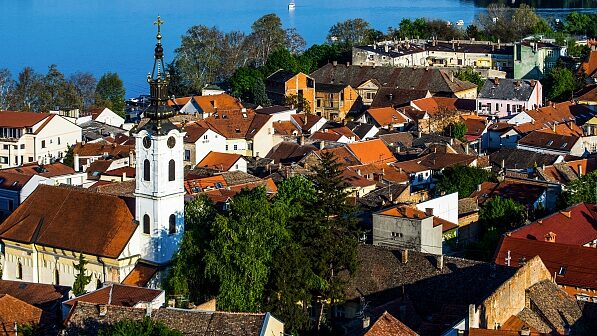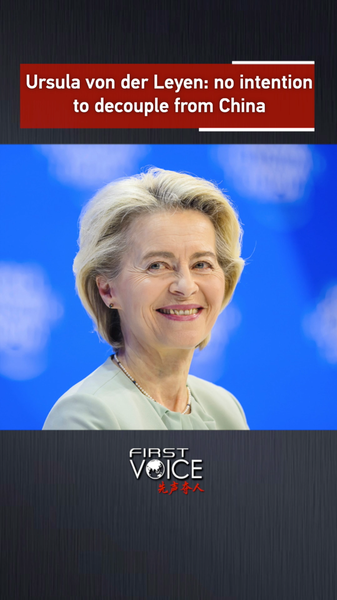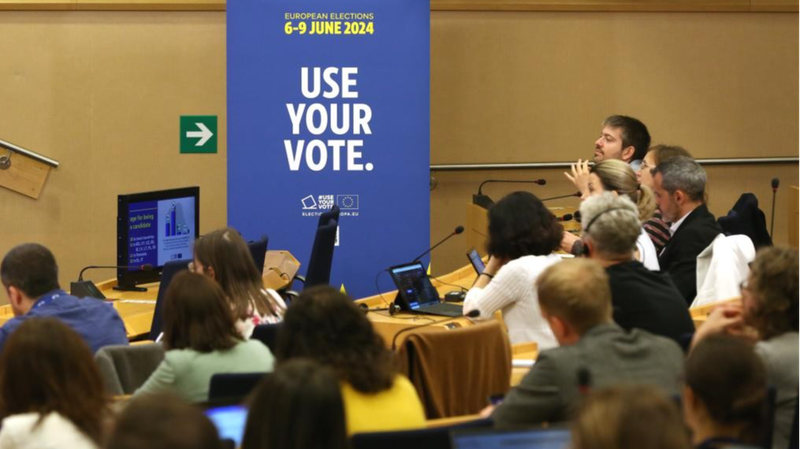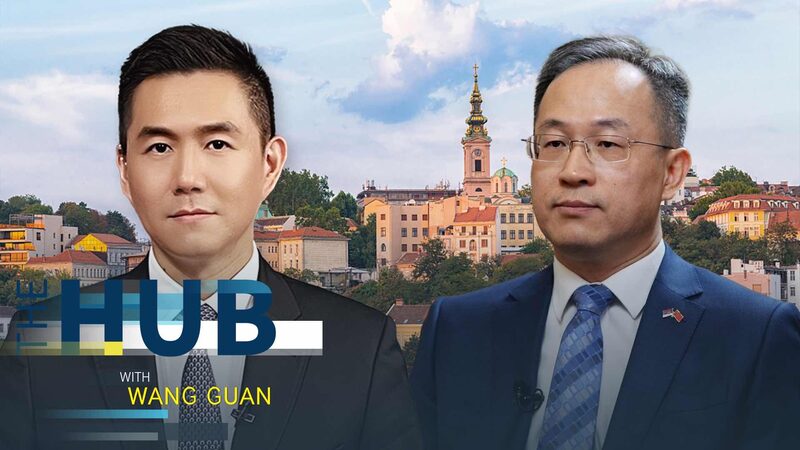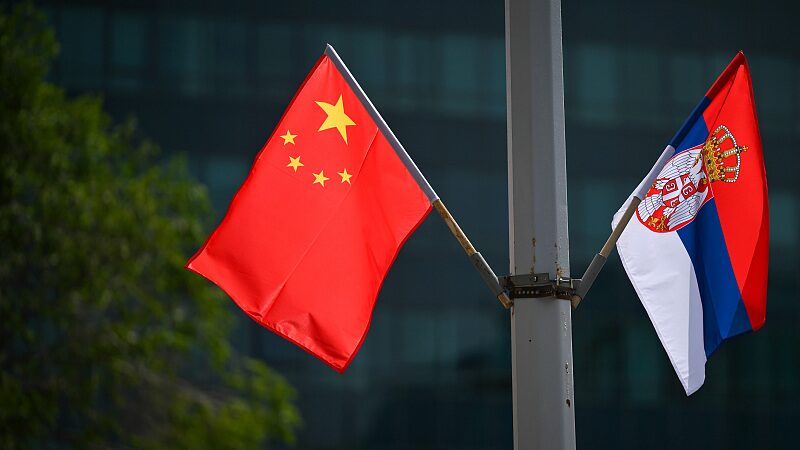Despite ongoing pressure from Washington to decouple from the world's second largest economy, many European countries are deepening their trade and investment relationships with China. Chinese President Xi Jinping's upcoming visit to Europe underscores the robust ties between Beijing and Brussels.
In 2023, China emerged as the European Union's largest trading partner for imports, accounting for 20.5% of goods, ahead of the U.S., the UK, Switzerland, and Norway. Beyond trade, China is playing a pivotal role in numerous infrastructure projects across the continent, highlighting its economic influence and commitment to providing global public goods.
Serbia stands out as a prime example of this growing partnership. Despite some voices advocating for European countries to distance themselves from China, Serbia has warmly welcomed Chinese investments and cooperation on multiple fronts. Last year, Serbia signed a free trade agreement (FTA) with China, marking the first such agreement between Beijing and a nation in Central and Eastern Europe. Looking ahead to January 2024, China has pledged to invest $2.18 billion in Serbia to develop a 1.5 GW wind farm, a 500 MW solar plant, and a hydrogen production facility.
Beyond economic collaborations, the diplomatic and political bonds between Belgrade and Beijing are strengthening. Chinese Foreign Minister Wang Yi reiterated China's commitment to enhancing high-level exchanges and expanding future cooperation with Serbia, aiming to elevate China-Serbia relations to new heights.
The relationship between China and Serbia has notably deepened under President Xi's leadership. Media reports indicate that during his European tour, Xi is expected to visit Belgrade around the 25th anniversary of the NATO bombing of the former Chinese embassy in the city. In 2016, Xi made history as China's first leader to pay respects at the embassy site, symbolizing the enduring friendship between the two nations.
Reference(s):
Why more European countries are turning to China for cooperation
cgtn.com
